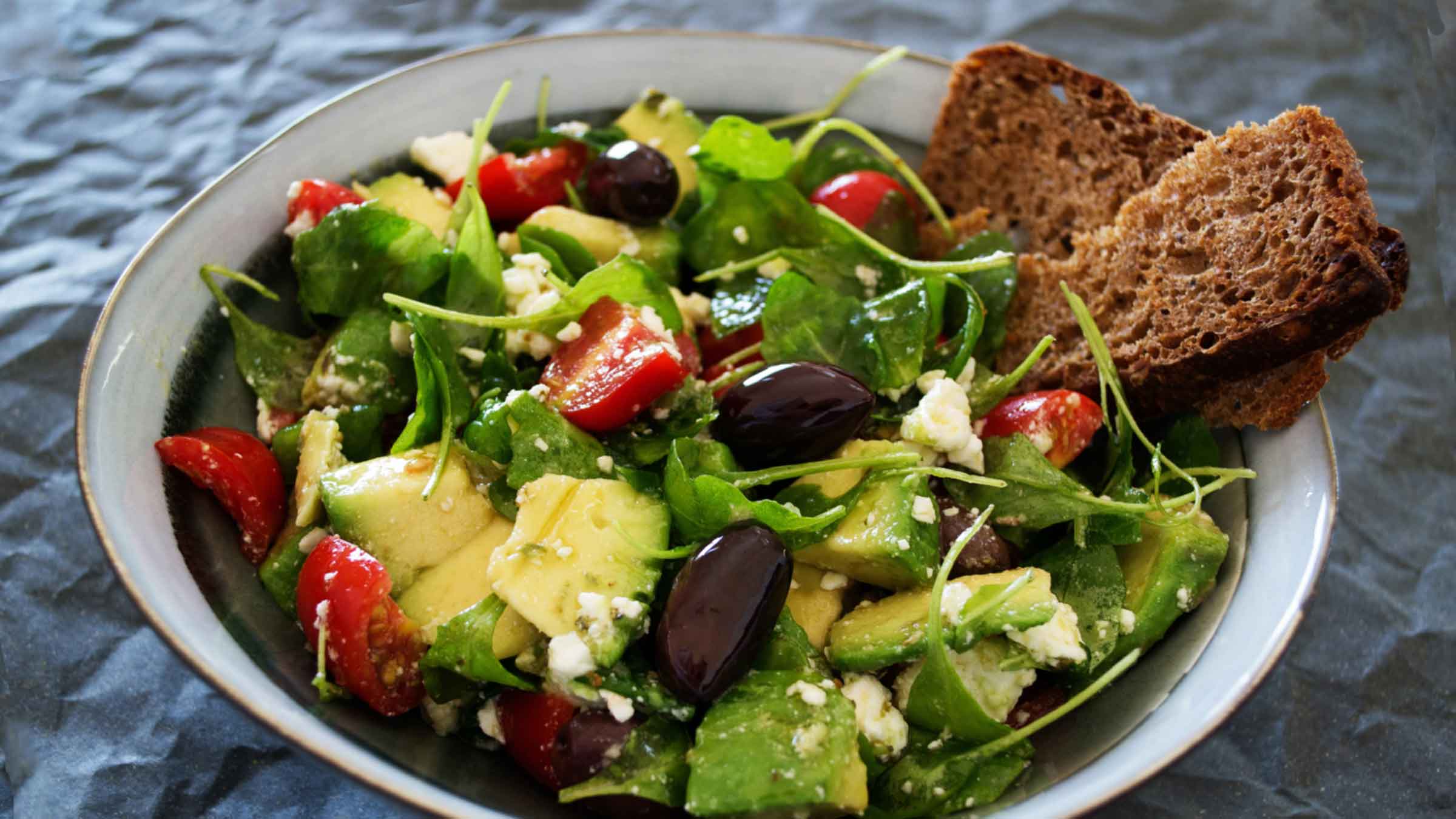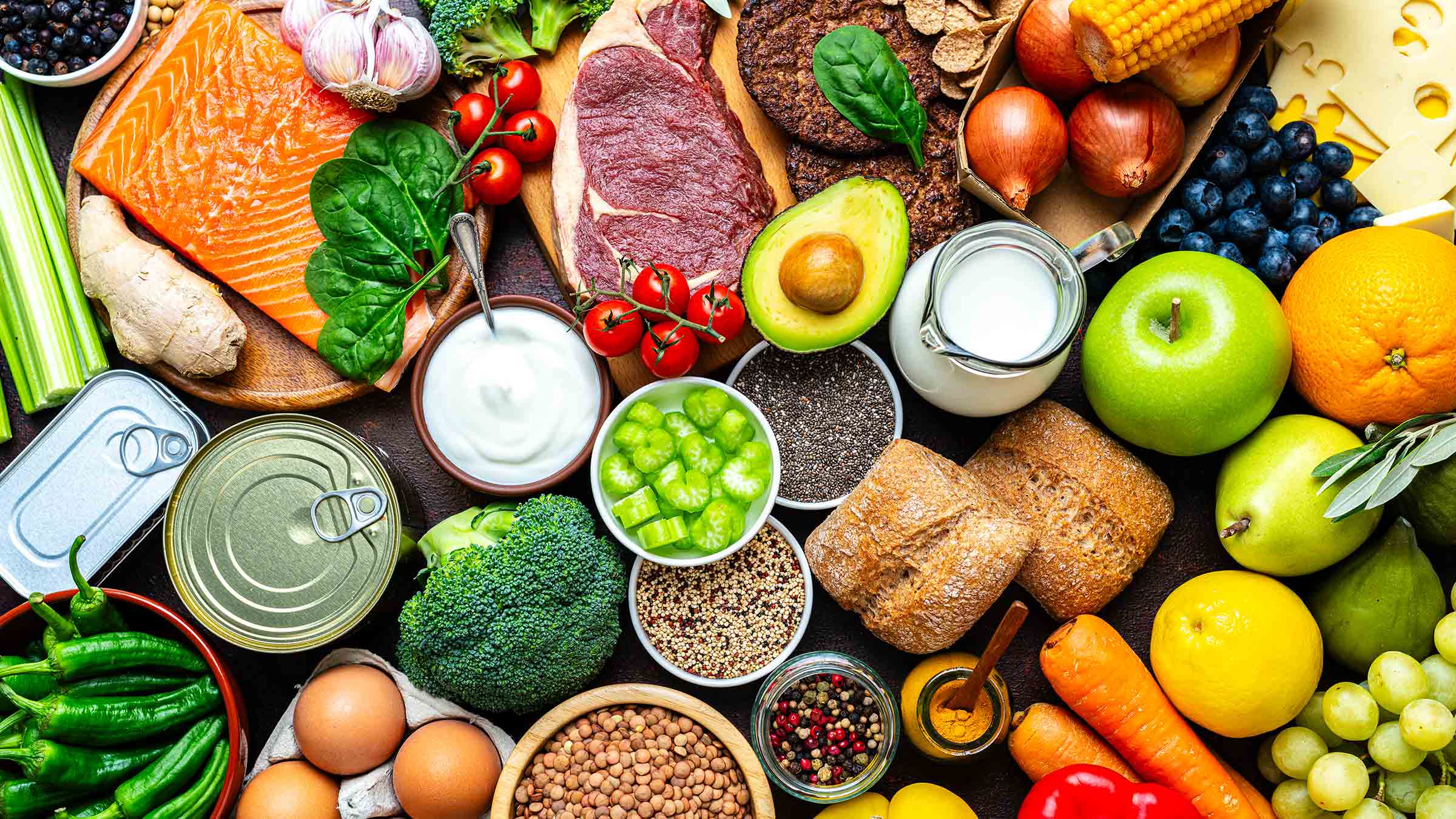
We’ve been told over and over: Eat more fiber. Somehow we ignore the advice or maybe we aim, but don’t come close to eating the recommended amount of fiber every day. That means bananas, beans, spinach, berries, brown rice and pastas made from whole wheat flour, to name some of the foods we would benefit from seeing more of on our plates.
It’s best to have a balance of the two types of fiber: soluble and insoluble. Having both will allow for regular bowel movements.
- Soluble fiber — creates a more gel-like substance as it dissolves in water which can decrease your odds of having diarrhea. Examples of soluble fiber are: citrus fruits, beans, peas, oats.
- Insoluble fiber — creates bulk to push things through the GI tract faster. Examples include berries, nuts and whole grains. Some food sources of fiber can have both types of fiber.
Why more fiber? It helps us have a healthier gut, more energy and lower levels of cholesterol. More fiber means eating fewer processed foods because most processed food contains little fiber. So while frozen pizza is an easy go-to for dinner when you have little time and even fewer ideas, the choice likely is low in fiber and probably high in the extras we don’t need: salt, fat and possibly even sugar.
Get started in small ways
To meet the goal of eating more fiber, we may have to inch our way up — choosing the salad instead of enchiladas for lunch once or twice a week. And slowly, we can add extra fruit and vegetables to our meals and snacks — like choosing an apple with peanut butter for your snack instead of chips or a cereal bar. Dinner might be whole wheat pasta with red sauce instead of pasta alfredo or fried chicken. A little at a time, we can slowly get there.
How much fiber per day do we need? How much does the average American consume?
Many Americans eat less than half their daily fiber needs. Women need 25g per day; men need 38g per day. Another way to look at it is that men and women need about 14g of fiber for every 1000 calories we eat. If you’re not into tracking calories, at each meal or snack, try to have one to three servings of fruits, vegetables or whole grains, such as brown rice, corn or quinoa. Signs that you may not be getting enough fiber include experiencing cramps, bloating or pain while having a bowel movement.
What role does fiber play with our body?
- Fiber helps keep us full and satisfied
- Lowers cholesterol by reducing the amount of cholesterol entering your blood stream
- Aids regular bowel movements
- Slows digestion
- Helps regulate blood sugars and decrease spikes in blood sugar
What happens if you don’t get enough fiber?
- Constipation
- Increased risk for diverticulosis (when the digestive tract loses muscle tone and creates pouches which can become inflamed. The condition can come with bloating, cramps and constipation.)
- Elevated cholesterol — fiber helps stop cholesterol from entering the blood stream
- Higher risk for colorectal cancer
- Diarrhea due to lack of good gut bacteria that feed off soluble fiber and reabsorb water
- Elevated blood sugars due to faster digestion. (Food does not stay in the stomach for very long without fiber, which can help lower the amount of glucose absorbed at one time.)
Is it possible to get too much fiber?
Fiber tolerance varies for everyone. While there’s no upper limit for fiber, you may have adverse symptoms though such as nausea, cramping, excess gas, constipation or diarrhea.
Do supplements help with fiber?
It’s best to get fiber from food because food contains vitamins, minerals and nutrients that your body needs. However, if you’re unable to get enough fiber through food alone, a fiber supplement could be added to your diet. There are many fiber supplements to choose from, but they can affect how some medications are absorbed. Discuss with your health care provider before you use a fiber supplement. Common supplements are Metamucil and Citrucel.
What fiber-rich foods are the best and why?
Fruits, vegetables, nuts, seeds, beans, lentils and grains all contain fiber. Fiber is a source of carbohydrates that adds bulk without extra calories, making you feel full longer. So, fiber can be beneficial when trying to find foods to reduce hunger and lose weight. If eating just a salad leaves you hungry in an hour or so, try pairing the salad with a protein such as chicken, salmon or lentils.
When looking for grains, choose whole grain or whole wheat which ensures that it contains all the naturally occurring fiber. Many processed foods and refined grains do not have much fiber due to processing and manufacturing. Fruits and vegetables have more fiber when eaten in their natural form rather than as juices.
As you increase the amount of fiber in your diet, do so slowly because too much all at once can overwhelm your GI tract and cause abdominal distension, bloating, cramping, nausea and potentially diarrhea or constipation. Drinking plenty of water while increasing fiber will reduce the likelihood that you’ll experience constipation.






